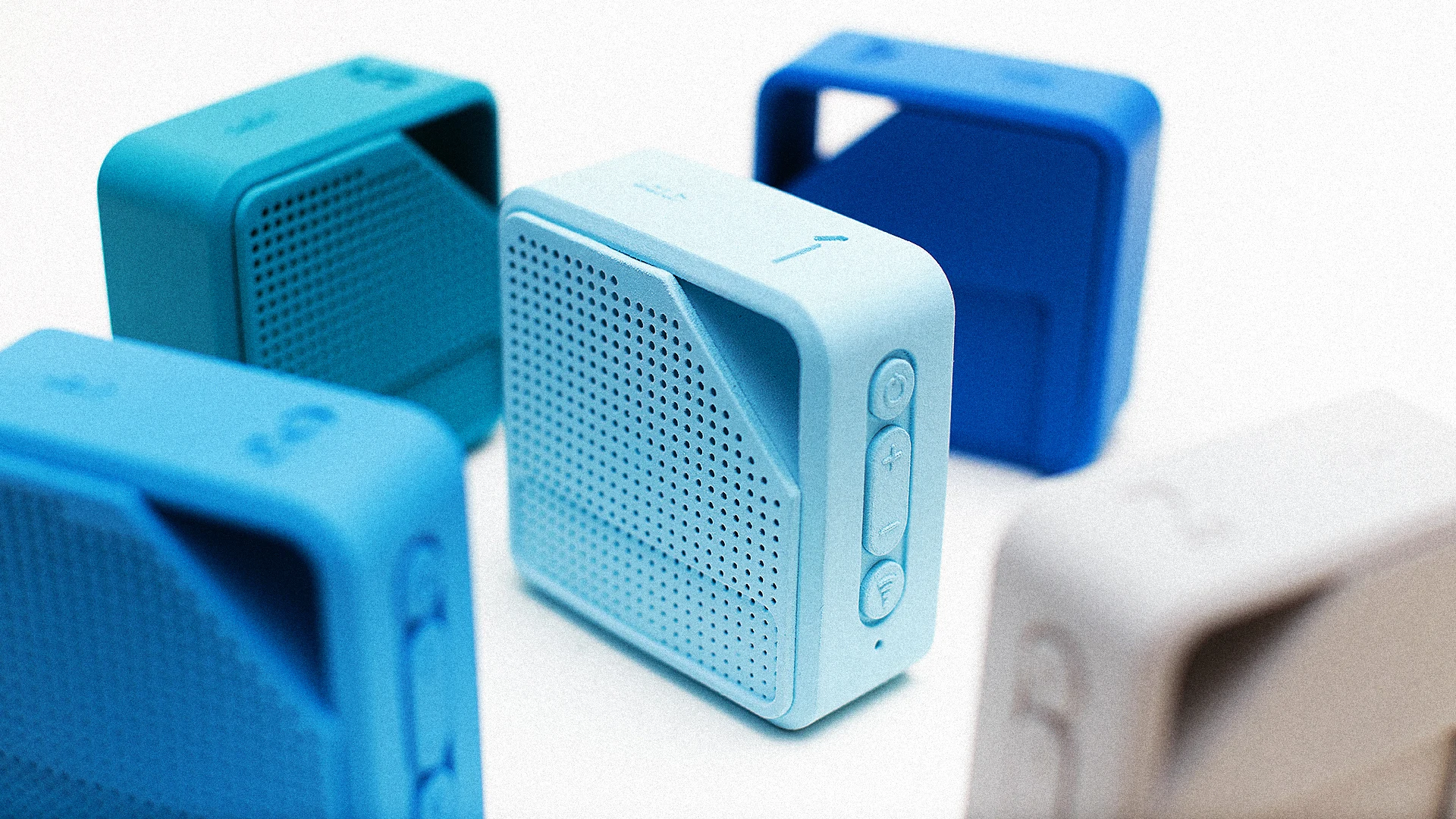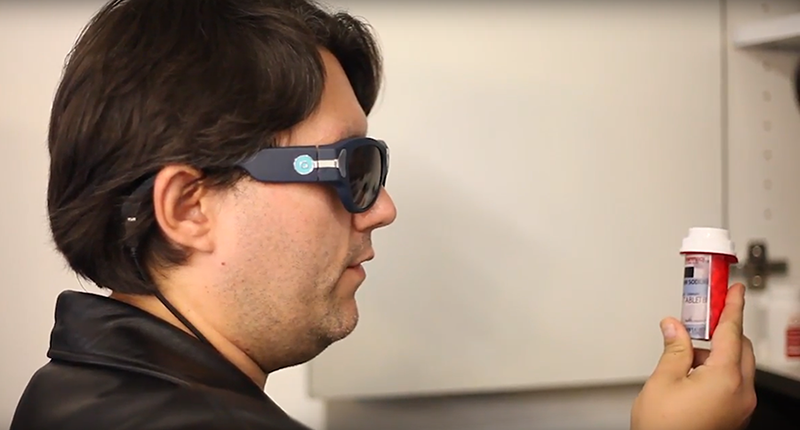Mobility Aids for Visually Impaired Users: Navigating the World with Confidence
Mobility Aids for Visually Impaired Users: Navigating the World with Confidence
Blog Article
Empowering Freedom With Assistive Innovation for the Blind
The integration of assistive modern technology right into the lives of individuals with aesthetic impairments represents a significant development in advertising self-reliance and self-sufficiency. From innovative display visitors to advanced clever walking sticks, these tools not only boost daily navigation and communication however also encourage customers to involve meaningfully in numerous elements of life. As we discover the myriad benefits and real-world applications of these technologies, it ends up being essential to analyze the hidden aspects that add to their effectiveness and the possibility for future growths in this essential area.
Summary of Assistive Technology

The advancement of assistive modern technology is grounded in concepts of inclusivity and empowerment. Technologies in software program, equipment, and sensory improvements give customers with choices tailored to their certain needs. From display viewers that transform message to speech, to responsive gadgets that share details with touch, these tools transform the method people engage with their environments.
In enhancement to sensible applications, assistive modern technology fosters greater social inclusion and involvement in different sectors, including education and employment (Screen readers for the blind). As study and development remain to progress, the capacity for assistive technology to even more enhance the lives of visually damaged individuals stays encouraging, leading the method for a much more equitable society where every person can grow
Sorts Of Assistive Gadgets
A range of assistive devices have actually arised to support individuals with aesthetic problems, each developed to meet specific requirements and enhance daily performance. These devices vary from low-tech remedies to state-of-the-art developments, providing diverse alternatives for individuals.
Low-tech tools consist of magnifiers and large-print materials that aid in analysis and writing. Braille devices, such as Braille styluses and slates, make it possible for responsive reading and interaction. Positioning and flexibility aids, like white walking canes, aid users browse their atmosphere securely.
On the higher end of the range, electronic magnifying systems and screen readers offer substantial assistance. Electronic magnifiers permit individuals to expand text and pictures on displays, while screen readers transform electronic material into manufactured speech, helping with access to details on computers and smartphones.
Smartphone applications additionally play an essential duty, offering features like text recognition and navigation assistance. Wearable innovation, such as wise glasses geared up with enhanced reality, is emerging as a promising device to improve situational understanding.
Benefits of Assistive Innovation
The assimilation of assistive modern technology considerably improves the lifestyle for people with aesthetic problems. These modern technologies encourage users by promoting freedom, allowing them to browse their settings better and do day-to-day tasks with better simplicity. As an example, display readers and magnifying software permit individuals to access digital details, promoting academic and professional chances that may have formerly run out reach.
In addition, assistive tools such as smart canes and general practitioners applications offer real-time navigation aid, boosting movement and safety and security. This increased freedom not just enhances self-worth but likewise urges social engagement, permitting customers to participate Going Here more completely in their neighborhoods.
Assistive innovation additionally facilitates communication, helping customers get in touch with others through voice acknowledgment and text-to-speech applications. This ability is crucial for preserving relationships and accessing crucial information.
Furthermore, the customization options available with several assistive innovations guarantee that individuals can tailor tools to their particular needs, even more enhancing functionality and effectiveness. In general, the advantages of assistive modern technology for people with visual disabilities are extensive, advertising a more inclusive culture where everybody can seek their goals and ambitions.
Situation Research Studies and Success Stories
Highlighting the transformative effect of assistive innovation, many study show how people with aesthetic disabilities have successfully integrated these devices right into their lives. One compelling example entails an university student who made use of screen analysis software application to browse on the internet resources and academic products properly. This modern technology not only facilitated her education but likewise boosted her self-confidence in taking part in conversations and team jobs.
An additional study features a specialist who employs a smartphone application created for navigating and item acknowledgment. By utilizing this application, he has actually restored autonomy in both his personal and workplace, permitting him to commute separately and involve with associates better.
Furthermore, a retired person shared her experience with braille e-readers, which allowed her to access a large selection of literature and stay attached with her area via publication clubs.
These success stories highlight the essential duty of assistive innovation in cultivating self-reliance, enhancing lifestyle, and promoting social assimilation for people with aesthetic disabilities (Voice-activated assistive devices). By embracing these ingenious tools, customers can get rid of difficulties and seize possibilities that add to their expert and personal gratification

Future Fads in Assistive Modern Technology
Development in assistive technology is poised to redefine the landscape of support for individuals with aesthetic disabilities. Arising fads stress the integration of expert system (AI) and equipment understanding, which enhance the capability of tools that help with navigation and details accessibility. AI-driven applications are currently qualified of interpreting visual information in real-time, making it possible for individuals to engage with their environment a lot more separately.
In addition, the advancement of wearable technology is advancing quickly. Smart glasses furnished with increased reality (AR) can supply audio summaries of environments, transforming just how individuals communicate with public spaces. These devices not just promote autonomy but additionally foster social inclusion.
Furthermore, the Net of Things (IoT) is making homes smarter, enabling for smooth connection between assistive gadgets and everyday devices. This connectivity equips individuals by making it possible for voice-activated controls and automatic feedbacks customized to private requirements.
Verdict
In final thought, assistive technology plays a pivotal function in encouraging people with visual problems by improving their self-reliance and involvement with their environments. The varied variety of tools and applications offered not only promotes navigating and communication but likewise advertises social combination and opportunities for specialist and individual development. As improvements continue in this area, the possibility for enhancing the basics top quality of life for those with aesthetic problems will certainly expand, cultivating greater freedom and empowerment.

Report this page